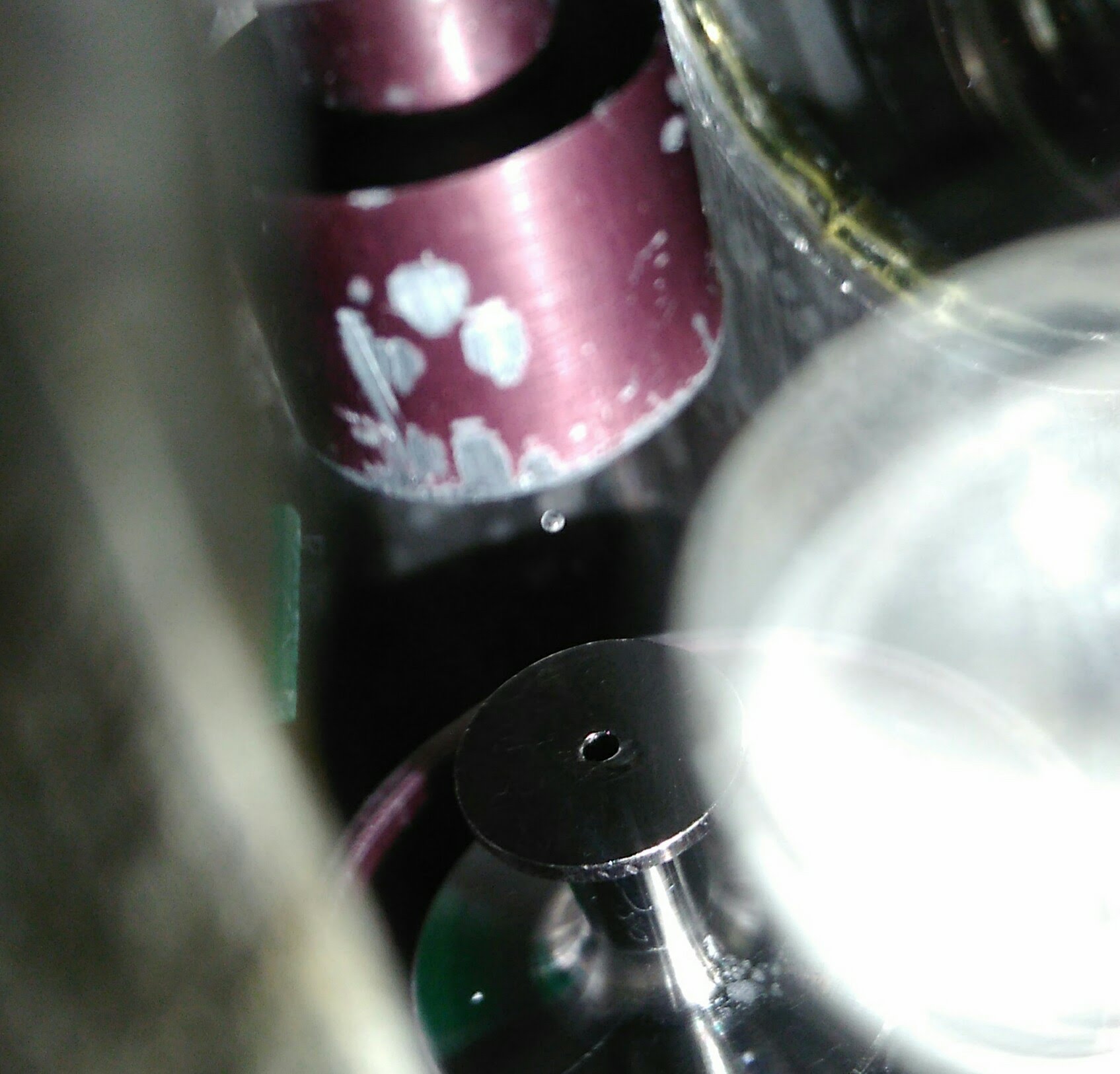Small Angle Scattering (SAXS)
Small Angle X-ray Scattering (SAXS) covers the major disciplines of Biology, Chemistry and Physics delivering structural and dynamic information in nanoscience, mesoscopic architectures, supramolecular structures and nucleation/growth of crystals. SAXS is also proving important in archaeological, environmental and conservation sciences, indicating an ability to span a wide range of scientific disciplines.
Diamond has two synchrotron beamlines dedicated to SAXS, I22 and B21, but several others that carry out SAXS experiments from time to time, I12 (high energy SAXS, 50 - 150 KeV) and I07 (GiSAXS). We also have an offline instrument (labSAXS), that the user community can bid for time on via standard, BAG and Rapid Access modes. The instrument will also carry out sample environment testing for I22 and other beamlines.
Software Improvements
Dawn, with these tools, can be downloaded from www.dawnsci.org. The latest release of Dawn, includes an extensive set of data reduction tools for SAXS data. A detailed description of these tools can be found in the paper by Pauw et al. A paper concerning the processing perspective available in Dawn has been published recently and has been highlighted on the Diamond website.
New to SAXS?
- The Beginners Guide to SAXS provides useful information on what is possible, helpful hints and tips for experiments and some basic background on our beamlines, I22 and B21. It now includes links to the lectures from our recent Basic SAS Training School. The Beginners guide also includes a useful reference book list for Small Angle Scattering.
- A nice introduction to the technique was been printed in the 2015 issue of our "Inside Diamond" Magazine. You can find it on pages 20-21 of the magazine.


 Soft Condensed Matter - Small Angle Scattering
Soft Condensed Matter - Small Angle Scattering

